Introduction
Coix seeds, commonly known as coix lachryma-jobi or job’s tears, are a type of grain that has been used in traditional medicine and culinary practices for centuries. Native to East Asia, these seeds are valued for their nutritional benefits, which include high fiber content, essential amino acids, vitamins, and minerals. Despite their health advantages, coix seeds can be notoriously difficult to cook, often remaining tough and chewy even after prolonged boiling. This can be frustrating for home cooks who aim to incorporate this nutritious grain into their meals.
In this comprehensive guide, we will explore the reasons behind the tough texture of coix seeds and provide practical tips and techniques to ensure they cook to perfection. From soaking methods to cooking appliances, we will cover a range of strategies to help you overcome the challenge of cooking tough coix seeds.
Understanding Coix Seeds
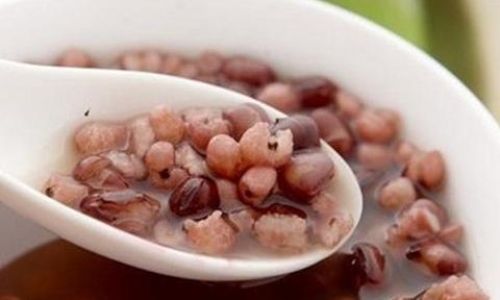
Before diving into the solutions, it’s essential to understand the unique properties of coix seeds that contribute to their tough texture. Unlike other grains like rice or barley, coix seeds have a high starch content and a dense, protective outer layer. This layer acts as a barrier, making it difficult for water to penetrate and soften the inner starch. As a result, coix seeds can remain chewy and resistant to cooking, even after hours on the stove.
Moreover, the variety of coix seeds can also affect their cooking time and texture. Some varieties are naturally harder than others, and the age and storage conditions of the seeds can further impact their cookability. Fresh, recently harvested seeds tend to cook more quickly and evenly than older, stale seeds.
Common Cooking Mistakes
Before we discuss the solutions, let’s identify some common mistakes that home cooks often make when attempting to cook coix seeds:
-
Not Soaking the Seeds: One of the most common mistakes is skipping the soaking step. Soaking helps to soften the outer layer of the seeds, making them more susceptible to the cooking process.
-
Using Insufficient Water: Coix seeds require a generous amount of water to cook properly. Using too little water can result in the seeds absorbing all the available moisture, leaving them tough and dry.
-
Cooking on High Heat: Cooking coix seeds on high heat can cause the outer layer to become tough and the inner starch to remain undercooked. A gentle, steady heat is essential for even cooking.
-
Not Testing for Doneness: Many cooks assume that coix seeds are done simply because they have been cooking for a certain amount of time. However, the best way to determine doneness is by tasting a few seeds to check for tenderness.
Practical Tips and Techniques
Now that we understand the challenges of cooking coix seeds and have identified common mistakes, let’s explore some practical tips and techniques to ensure they cook to perfection.
Soaking the Seeds
Soaking is a crucial step in preparing coix seeds for cooking. It helps to soften the outer layer, allowing water to penetrate more easily and cook the inner starch. Here are a few soaking methods to consider:
-
Overnight Soaking: The most straightforward method is to soak the seeds in water overnight. Simply place the seeds in a bowl, cover them with water, and let them sit at room temperature for 8-12 hours. Drain and rinse the seeds before cooking.
-
Quick Soak Method: If you don’t have time for an overnight soak, you can use the quick soak method. Bring a pot of water to a boil, add the seeds, and let them boil for 2-3 minutes. Remove the pot from the heat, cover it, and let the seeds soak for 1-2 hours. Drain and rinse before cooking.
-
Pressure Cooker Soak: For an even faster soak, you can use a pressure cooker. Place the seeds and water in the pressure cooker and cook on high pressure for 5-10 minutes. Release the pressure naturally, drain, and rinse the seeds before cooking.
Using the Right Amount of Water
Coix seeds require a generous amount of water to cook properly. The general rule is to use at least twice the volume of water as the seeds. For example, if you are cooking 1 cup of coix seeds, use at least 2 cups of water. This ensures that the seeds have enough moisture to soften and cook evenly.
Choosing the Right Cooking Method
The cooking method you choose can also affect the texture of the coix seeds. Here are a few options to consider:
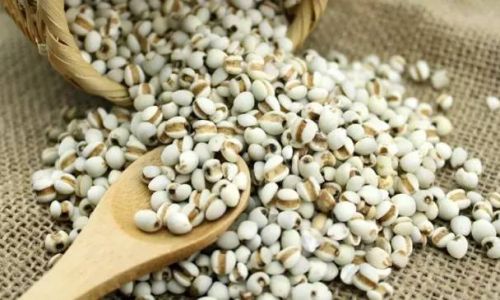
-
Stovetop Cooking: The traditional method of cooking coix seeds is on the stovetop. Bring the seeds and water to a boil, then reduce the heat to low and simmer, covered, for 40-60 minutes or until the seeds are tender. Stir occasionally to prevent sticking.
-
Slow Cooker: The slow cooker is an excellent choice for cooking coix seeds because it maintains a consistent, gentle heat. Place the seeds and water in the slow cooker and cook on low for 6-8 hours or until the seeds are tender.
-
Pressure Cooker: Pressure cooking is the fastest method for cooking coix seeds. Place the seeds and water in the pressure cooker and cook on high pressure for 25-30 minutes. Release the pressure naturally and check for doneness.
-
Instant Pot: The Instant Pot combines the convenience of a pressure cooker with the ease of use of a slow cooker. Place the seeds and water in the Instant Pot, secure the lid, and set to pressure cook on high for 25-30 minutes. Allow a natural pressure release and check for doneness.
Adding Flavor and Nutrients
While cooking, you can enhance the flavor and nutritional profile of the coix seeds by adding various ingredients. Here are a few ideas:
-
Aromatics: Add a few slices of ginger, a couple of garlic cloves, or a piece of kombu seaweed to the cooking water. These aromatics will infuse the seeds with additional flavor.
-
Herbs and Spices: Once the seeds are cooked, you can mix in herbs and spices like cilantro, turmeric, or cumin to add complexity to the dish.
-
Vegetables and Proteins: Incorporate vegetables like carrots, potatoes, or greens, and proteins like tofu, tempeh, or chicken for a well-rounded, nutritious meal.
Storage and Reheating
Proper storage and reheating are essential to maintain the texture and flavor of cooked coix seeds. Here are a few tips:
-
Storage: Store cooked coix seeds in an airtight container in the refrigerator for up to 4 days. For longer storage, freeze the seeds in portions for up to 3 months.
-
Reheating: To reheat cooked coix seeds, you can use the stovetop, microwave, or oven. Stovetop reheating involves adding a small amount of water to the seeds and simmering until heated through. Microwave reheating should be done in short intervals to avoid overcooking. Oven reheating involves spreading the seeds on a baking sheet and heating at a low temperature until warm.
Conclusion
Cooking coix seeds can be a challenge, but with the right techniques and tips, you can achieve perfectly tender, flavorful results. By soaking the seeds, using the right amount of water, choosing the appropriate cooking method, and adding flavorful ingredients, you can transform these tough grains into a nutritious, delicious addition to your meals. Remember, patience and attention to detail are key to success when cooking coix seeds. With practice, you’ll soon master the art of cooking this ancient grain to perfection.
In addition to the practical tips and techniques discussed in this guide, it’s always helpful to consult recipes and cooking resources specifically tailored to coix seeds. Many online forums, cooking blogs, and traditional medicine texts offer valuable insights and recipes that can further enhance your cooking experience with this unique grain.
As you continue to experiment with coix seeds, don’t be afraid to adapt and innovate. Try different soaking methods, cooking times, and ingredient combinations to find what works best for your taste preferences and cooking style. With a bit of trial and error, you’ll soon discover the joy of cooking with coix seeds and the numerous health benefits they bring to your meals.
In conclusion, while coix seeds may be tough to cook, they are well worth the effort. With the right techniques and a willingness to experiment, you can incorporate this nutritious grain into your diet and enjoy its unique flavor and texture. Happy cooking!
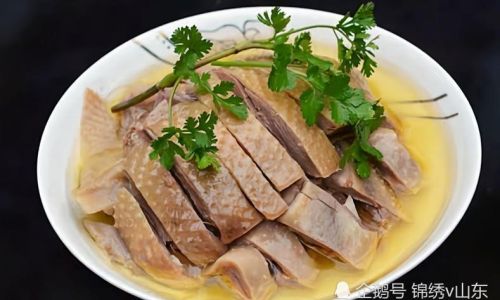
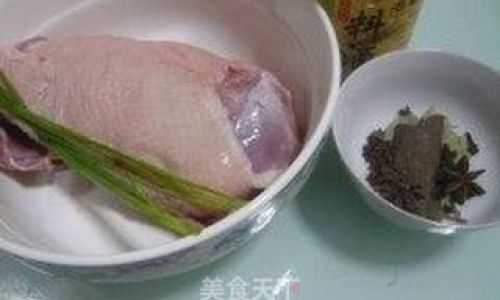

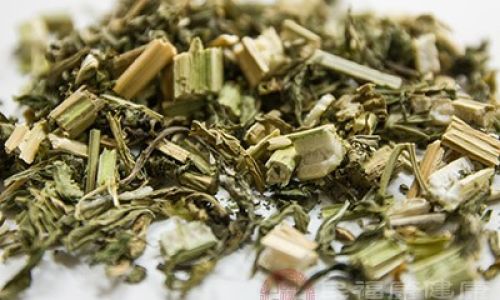


0 comments